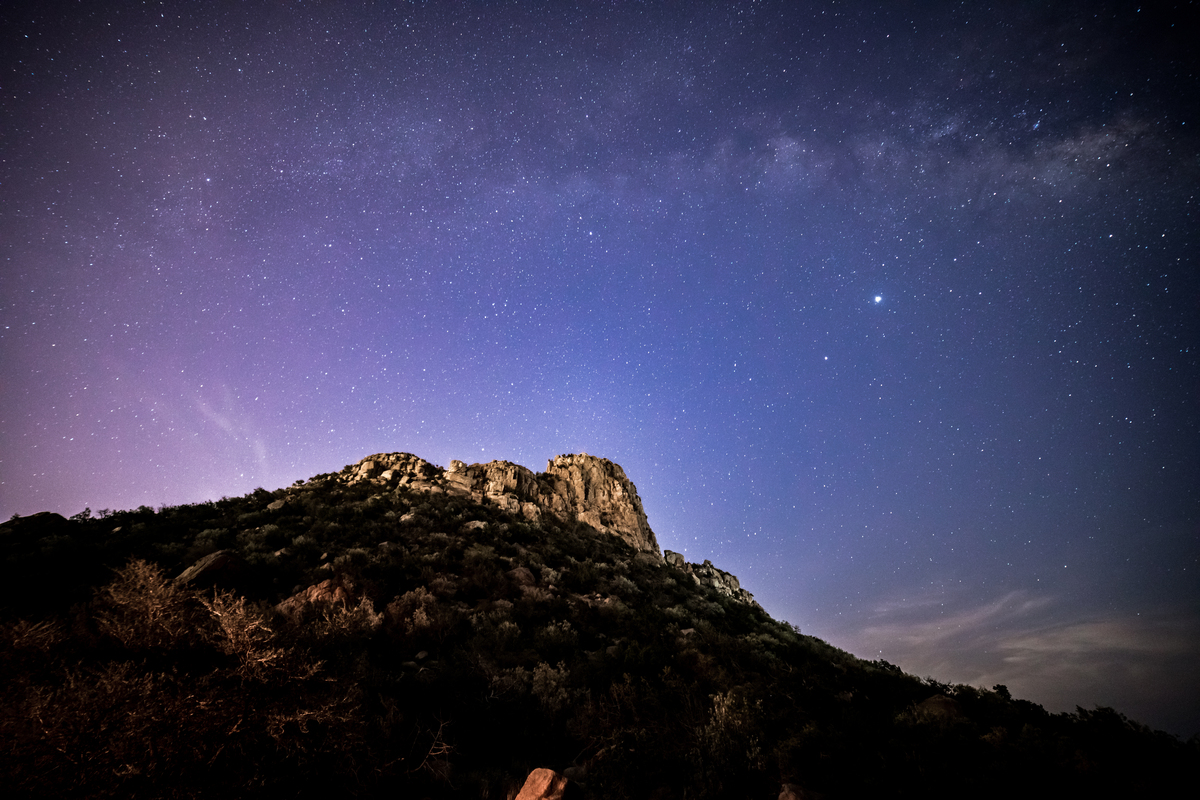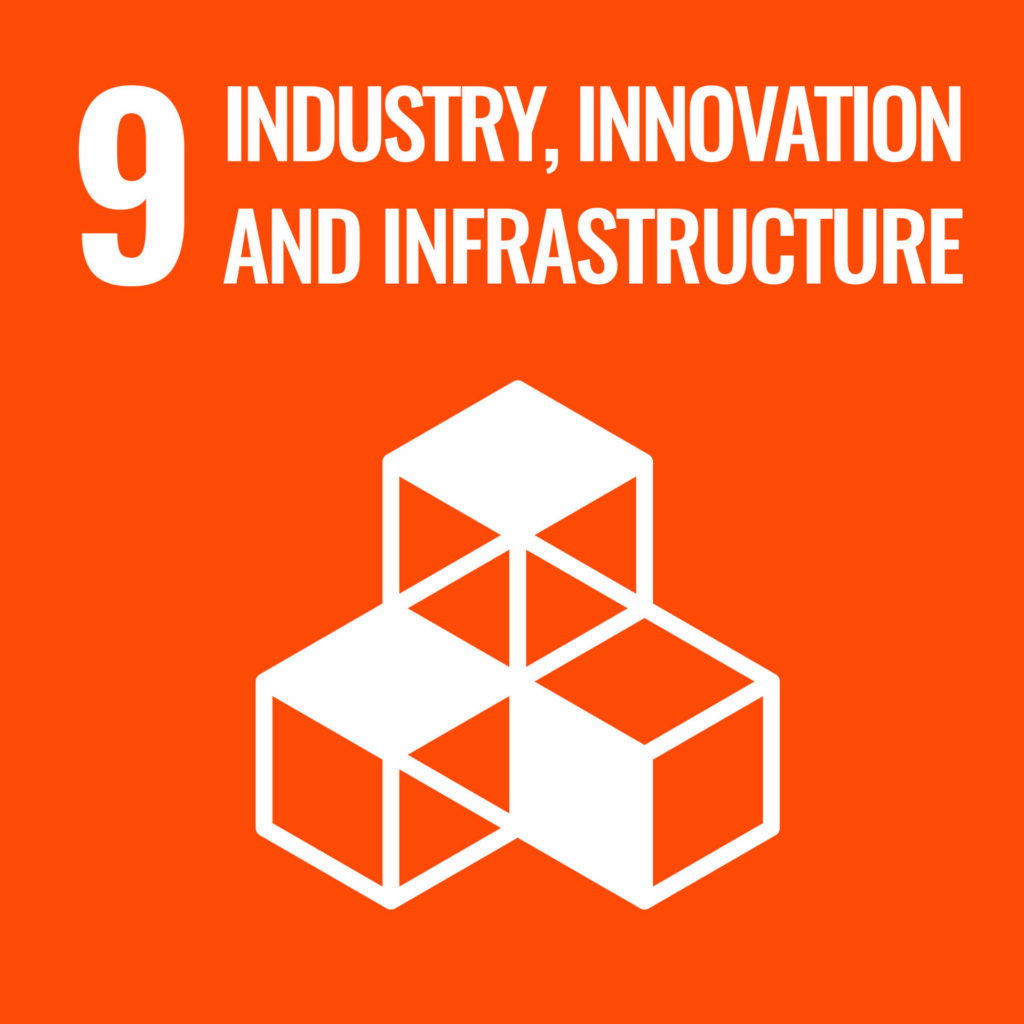“CubeSats provide the capacity to launch a customized platform at a fraction of the cost of traditional satellites,” says Matthew McCabe, director of the KAUST Climate and Livability Initiative.
The KAUST satellite will allow researchers to compile and analyze high-resolution hyperspectral imagery that can be used for mapping terrestrial habitats, monitoring vegetation health and condition, exploring coastal ecosystems and coral reefs, and advancing precision agriculture research, for example.
“With on-board processing and machine learning capabilities, it represents a new breed of remote-sensing platforms,” says McCabe.
More traditional satellite systems tend to trade off how often you can observe a location on Earth and how finely you can see detail on the ground. Constellations of smaller and cheaper CubeSats avoid this compromise and receive high-resolution information every day.

McCabe has long recognized the value of working with the space industry to maximize research impact, having previously collaborated with Planet to utilize their CubeSat platforms and now working with Spire to launch a multiuse satellite platform.
© 2021 KAUST; Morgan Bennett Smith
“We are witnessing an exciting revolution in Earth observation that is changing the way we can sense and interpret our impact on the environment. Through enhanced observations, we can move toward a more sustainable interaction with our natural world”
“Leveraging different capabilities is key,” explains McCabe. “To launch a satellite involves many steps, from sensor design to payload integration and, ultimately, in-space operations. It would be impossible to do this without industry partnerships and international collaborations.”
“CubeSats provide an opportunity to reimagine how we observe the Earth, merging sophisticated sensors and on-board processing capabilities that provide both real-time monitoring and deep scientific insights into the Earth and its processes.”
In the past, the KAUST team has used data from CubeSats and other satellites to help monitor crop health and irrigation rates to build a picture of Saudi Arabia’s water use, which will help guide future policies toward improved water security.
While McCabe is excited by the potential of the new high-resolution hyperspectral data to transform the field of precision agriculture, the data will also provide new insights across the broader Earth system sciences.
“We are witnessing an exciting revolution in Earth observation that is changing the way we can sense and interpret our impact on the environment. Through enhanced observations, we can move toward a more sustainable interaction with our natural world,” McCabe says.


